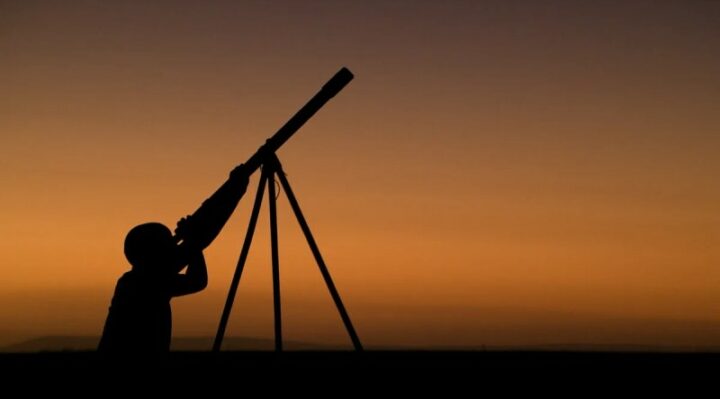
Only three planets will be visible with the unaided eye during the upcoming “planet parade,” which will see six planets aligning in the sky close to dawn. This phenomena is more common than it may seem.
Dr. James O’Donoghue, a planetary astronomer and research fellow at the University of Reading in the United Kingdom, stated, “You’ll be able to see Mars, Saturn, and Jupiter.” “If you have binoculars and if you know where to look, you could probably see Uranus, but there’s not much point in waiting until nearly sunrise — you might as well do that earlier in the night. Bottom line is that you can only see about half the planets in this planetary lineup with a naked eye.”
According to O’Donoghue, Sunday, just before sunrise, will be the ideal day to view the sight in Europe and North America. He stated that if you aim for that window of time, you should be able to see Mercury as well, albeit it might not be simple even with binoculars.
O’Donoghue continued, “The problem is that the sun will be illuminating the sky in that area,” “It’s just before the sunrise, but it will still be very, very bright in the sky, and you probably don’t want to be pointing your binoculars near the sun either.”
A telescope, if you have one, might be useful, particularly if you want to see Neptune and Uranus. “But to actually be able to see these, you need to be zooming in to one target so much that you’re not seeing the others anyway, so you’d be getting rid of all your field of view,” he stated.
On Sunday, the planets Jupiter, Mercury, Uranus, Mars, Neptune, and Saturn will align in that order. A crescent moon will also be present. By Thursday of this week, the moon will have moved out of the way, which, according to O’Donoghue, will lessen light pollution, and Mercury and Jupiter will have exchanged positions.
Sky watchers worldwide will be able to witness the alignment, albeit the best time to view the planets with the closest alignment may vary depending on your location.
Know About Planetary Alignments
It’s crucial to remember that this alignment is only visible in the sky as it appears from Earth; it is not occurring in space.
“From the point of view of someone standing on the Earth, looking at the sky, it will look like there is more or less a straight line of planets, which you could call a planetary alignment or a planetary parade,” explained Dr. Kate Pattle, a lecturer at University College London’s Department of Physics and Astronomy.
She continued, “But physically, there’s no actual alignment happening. It’s just that most of the planets are more or less on the same side of the sun at the moment. If the planets actually aligned with each other in space, that would be called a syzygy and that’s a much, much rarer event,”
As it happens, planetary alignments like this one are not uncommon at all. “There’s going to be several more in the next couple of years, because the outer planets move in the sky more slowly, as they’re further away from us, creating lots of chances for these kinds of alignments to happen,” Pattle stated. “Actually, a probably better one is going to happen next February, when we’ll have all of the planets in the sky at the same time, including Venus which is missing from this one.”
Pattle is more hopeful that Mercury will join the club of planets viewable without the use of tools, and she suggests Monday, roughly an hour before sunrise, as the ideal time to see the spectacle in most parts of the world.
“Mercury is usually visible with the naked eye if you’re somewhere with low light pollution, but it’s better with binoculars because (the planet is) not particularly bright and it’s only visible shortly before dawn, so it’s usually on a fairly bright background,” the spokesperson stated.
If you’re not sure where to look, an app like Stellarium Mobile or Night Sky can help. Ideally, you should be near a low horizon and free of light pollution, as Jupiter, Mercury, and Uranus won’t be far above it, according to Pattle.
Additionally, as this will be roughly the direction of the sunrise, you should aim to be somewhere with a nice view to the east. “Jupiter will be the easiest to spot, because it’ll be the brightest thing in the sky after the moon,” according to Pattle. “The other planets, they’re not easy to distinguish, but they don’t twinkle in the same way that stars do, so that’s one way to spot them.”



